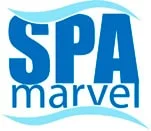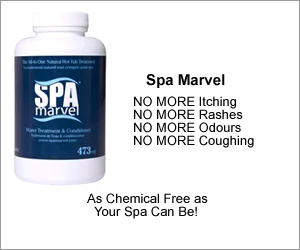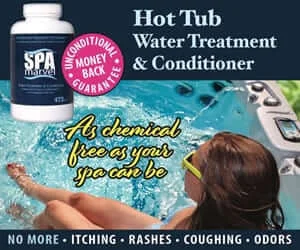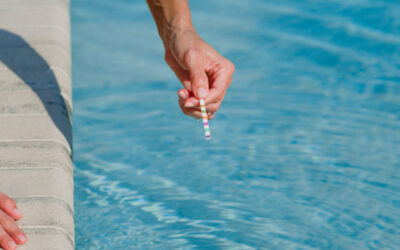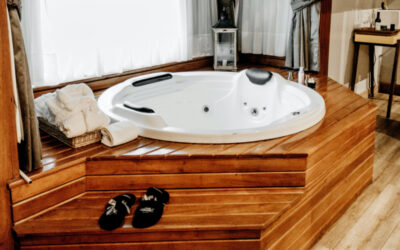Hot Tub Chemicals for Dummies From A to Z
As a hot tub owner, being familiar with the array of chemicals required for proper hot tub care and easy hot tub maintenance is essential. So we’ve compiled this spa chemicals for dummies guide to simplify hot tub care and make your job a little easier.
Biguanides
These are a popular non-chlorine alternative for sanitizing hot tubs. Unlike some other options, biguanides don’t work with chlorine, bromine, or other sanitizing systems. So the use of biguanides requires a complete switch in sanitizing systems. Biguanides do have some drawbacks, so they may not be the best option if you’re looking for easy hot tub maintenance.
Bromine
Bromine is a chlorine alternative for sanitizing your hot tub. It comes in granule or tablet form and can be less harsh on sensitive skin than chlorine. For some individuals, even bromine can cause skin irritation, however. Bromine works similarly to the way chlorine does, although bromine tends to be more stable at higher temperatures.
Calcium
This mineral naturally occurs in water. Most often, calcium is not an issue. But depending on the water where you live, it may be too hard or too soft for your spa. That’s why we’ve included calcium in our guide to hot tub care for dummies. If the calcium level in your hot tub water is too hard, you may need to use a special filter or product to reduce hardness. If your water is too soft, you may need to use a calcium hardness increaser.
Chlorine
Chlorine is the most commonly used sanitizer and shock treatment for hot tubs. It, therefore, is one of the most crucial chemicals to include in our hot tub chemicals for dummies guide. Chlorine creates a hostile environment for bacteria, fungi, and other microbial life to survive. So it’s a very effective sanitizer. If your hot tub has that familiar smell associated with chlorine, what you’re smelling is chloramine, a chemical compound created when chlorine is performing its job
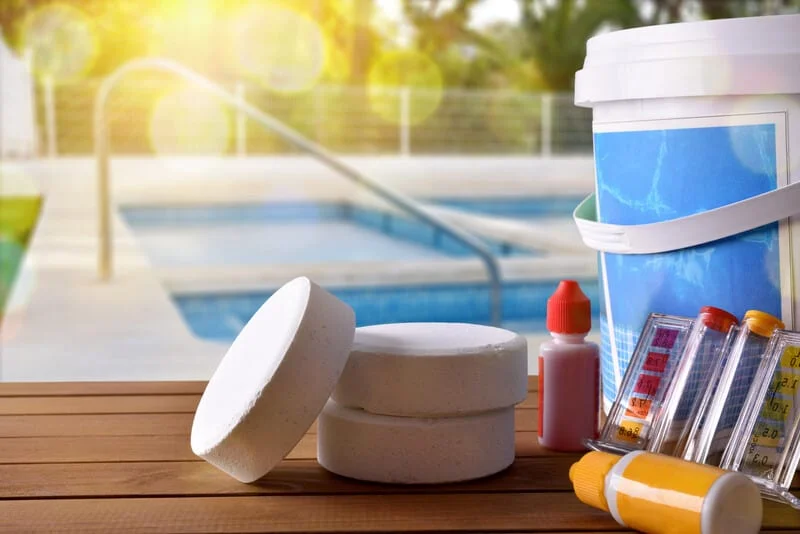
Clarifier
This type of product helps keep spa water clear by attracting and enlarging tiny particles of dirt and dust so the filter can capture them.
Enzymes
These biological catalysts accelerate chemical reactions to rid hot tub water of non-living organic material. Enzymes break down body oil and lotion, hair products, cosmetics, bodily fluids, and other substances to reduce the amount of sanitizer needed to maintain your hot tub.
Filter cleaner
Cleaning filters is an essential part of hot tub care. A specially formulated cleaner for your hot tub filters is essential to easy hot tub maintenance. Spa Marvel Filter Cleaner is one example that does not use harsh acids or bleach yet has the power to remove and loosen hair, dirt, grime, and oil from the filter fabric and its pleats.
Muriatic acid or sodium bisulfate (pH decreaser)
pH is the measure of how acidic or basic your spa water is. If your spa water pH is too high, that means it’s too basic, or very alkaline. You can decrease pH with muriatic acid or sodium bisulfate. These chemicals can also be used to lower total alkalinity, and are commonly manufactured and packaged as ‘pH decreaser’ and available through your hot tub retailer.
Plumbing cleaner
This is a flush used to remove biofilm, scale deposits, grime, oily residue, and other chemical, mineral, and organic contaminants from your spa’s plumbing. Spa Marvel Cleanser is one such plumbing cleaner that is fast-acting and can prolong the life of your hot tub and its equipment.
Sanitizer, a crucial part of hot tub maintenance for dummies (and for smarties, too!)
Sanitizer is what disinfects hot tub water and helps keep your spa water clear. Chlorine and bromine are the most popular sanitizers. Other specialized sanitizing systems on the market include ozonators, ionizers, biguanides, UV light systems, and saltwater chlorine generators.
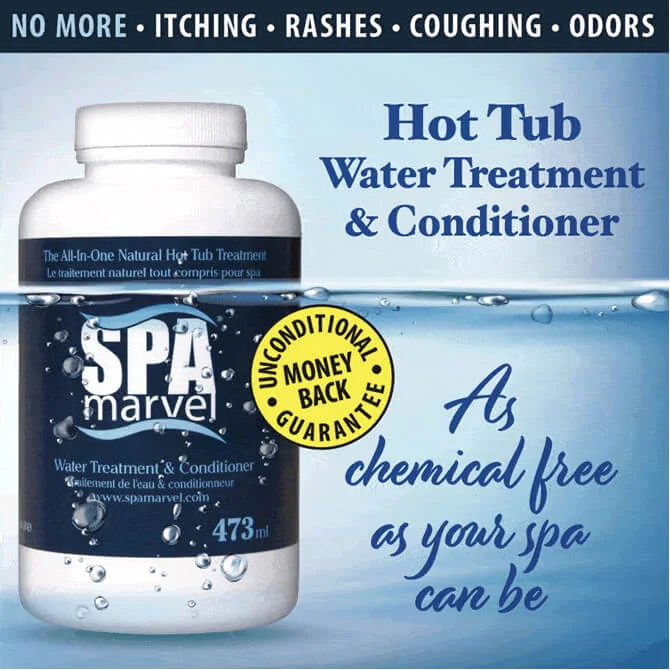
Shock
Hot tub shock is simply an ample dose of oxidizer (either chlorine or non-chlorine treatment) to restore water clarity and quality following regular use or contamination. Shocking the hot tub can be done anytime it is needed. It should also be a regular part of your hot tub care regimen for easy hot tub maintenance.
Sodium carbonate (pH increaser) or sodium bicarbonate (total alkalinity increaser)
If your hot tub water’s total alkalinity and/or pH is too low, that means it is too acidic. Sodium carbonate (sold as pH increaser) is used to raise pH, and sodium bicarbonate (sold as alkalinity increaser) increases alkalinity.
Water treatment/conditioner
No hot tub water treatment for dummies glossary would be complete without the inclusion of this. Water treatment and conditioner makes for easy hot tub maintenance. Spa Marvel Water Treatment & Conditioner eliminates scum lines, prevents scale build-up, helps maintain proper pH levels, and makes spa water feel soft and silky. As a result, it can reduce the use of harsh chemicals needed to maintain your hot tub.

